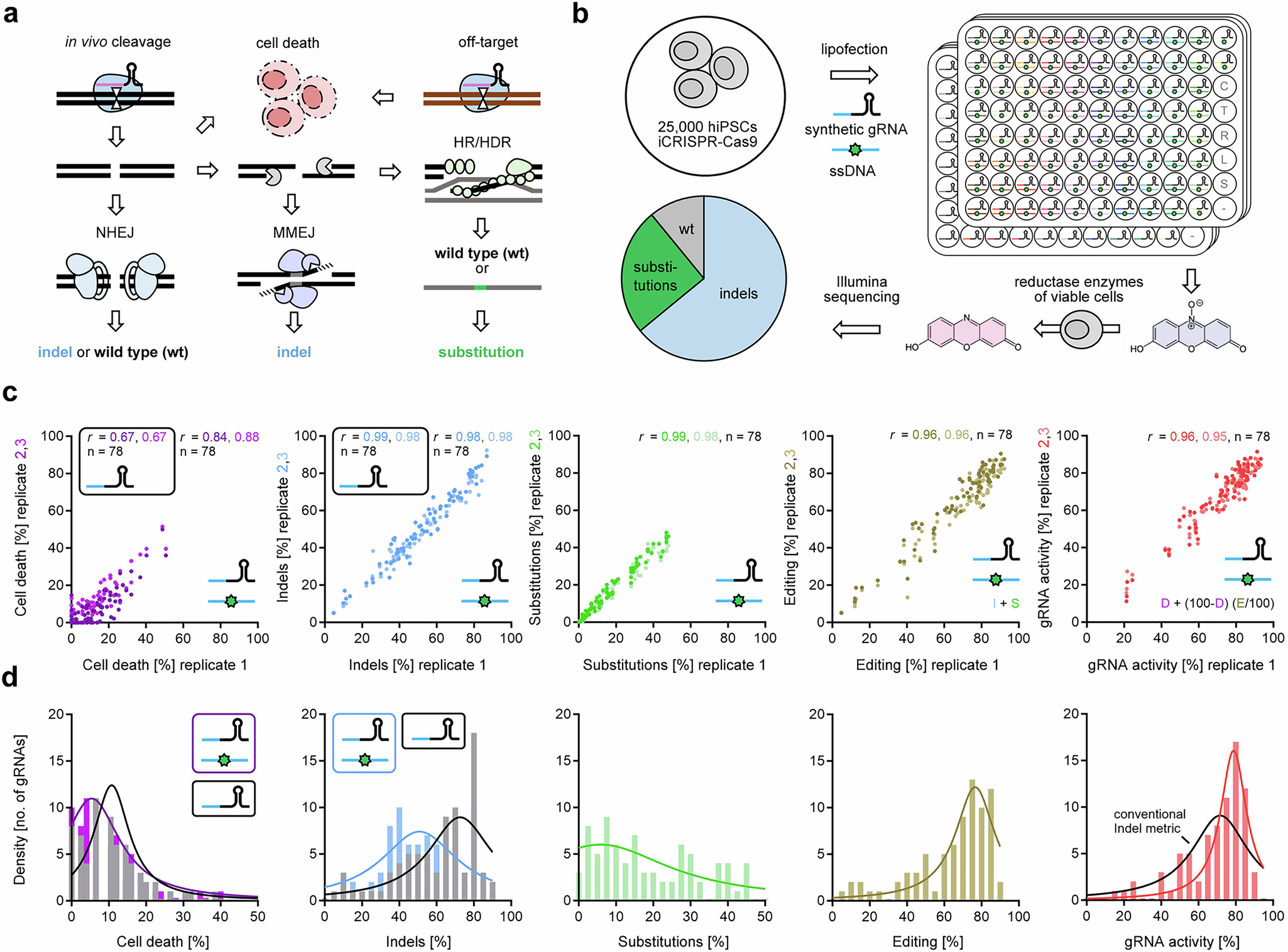2025-05-27 バース大学
<関連情報>
- https://www.bath.ac.uk/announcements/brain-differences-seen-in-children-with-conduct-disorder-depend-on-abuse-history/
- https://doi.org/10.1017/S0954579425000367
- https://medibio.tiisys.com/130092/
エコフェノタイプ仮説の検証 行動障害の青少年における白質微細構造の相違(小児期の虐待歴の有無による Testing the ecophenotype hypothesis: Differences in white matter microstructure in youth with conduct disorder with versus without a history of childhood abuse
Sophie TownendMarlene Staginnus,Jack Rogers,Areti Smaragdi,Anne Martinelli,Anka Bernhard,Nora Maria Raschle,Gregor Kohls,Kerstin Konrad and Christina Stadler,…
Development and Psychopathology Published:26 May 2025
DOI:https://doi.org/10.1017/S0954579425000367

Abstract
Childhood maltreatment is a key risk factor for conduct disorder (CD), and the “ecophenotype hypothesis” suggests that maltreatment-related versus non-maltreatment-related CD are neurobiologically distinct. This may explain inconsistent findings in previous structural connectivity studies of CD. We tested this hypothesis by comparing youth with CD with (CD/+) versus without (CD/-) childhood physical or sexual abuse in white-matter microstructure. Diffusion tensor imaging data were collected from 100 CD and 169 control participants aged 9–18 years. Using Tract-Based Spatial Statistics, we compared the CD and control groups in fractional anisotropy, and axial, radial and mean diffusivity, then compared the CD/+ (n = 39) and CD/- (n = 61) subgroups and controls. The combined CD group had higher fractional anisotropy in the corpus callosum than controls. When divided by abuse history, only the CD/- subgroup exhibited higher corpus callosum fractional anisotropy than controls; the CD/+ subgroup did not differ from controls. Comparing the CD subgroups, the CD/+ subgroup displayed higher superior longitudinal fasciculus axial diffusivity than the CD/- subgroup. Notably, sex-stratified analyses yielded different findings in all-male and all-female samples. Findings support the ecophenotype hypothesis, demonstrating microstructural differences between the CD/+ and CD/- subgroups and emphasizing the importance of considering abuse/maltreatment (and sex) in future studies.


